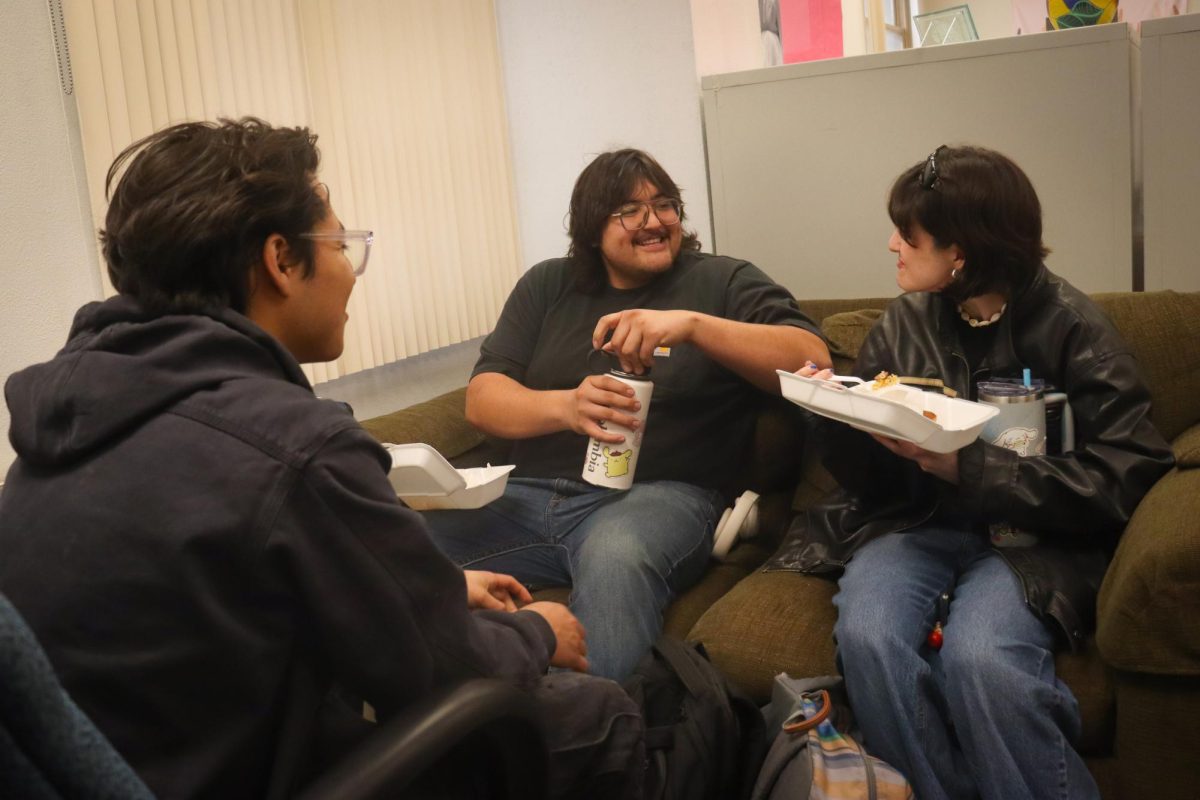Very few minority students in the science and health fields receive opportunities for a research grant because they are considered “under-educated,” according to data from the National Institute of Health. Recently, UTEP received a grant to address that issue.
A team of faculty members at the university were awarded $255,000 by the NIH to propose a plan to receive a larger award that will help create opportunities for minority undergraduate students. The grant will help biomedical and health studies students by providing mentoring and additional training in their research.
“The NIH has data for the last 20 or so years indicating that minorities are not successful at receiving their flagship (research) grant,” said Lourdes Echegoyen, director of the Campus Office of Undergraduate Research Initiatives. “It seems that people receiving those grants are usually white males. What they are seeing is that there is a gap in the training of minorities in general, whether it is in teaching, writing or how to be a successful faculty member. We are looking at how we need to train students to be the best researchers.”
The team, also known as BUILD (Building Infrastructure Leading to Diversity), aims to diversify the student population across Southwestern universities.
Echegoyen said that the planning will consist of an assessment of partner institutions to see what is necessary to improve the training of undergraduate students.
Some partners include El Paso Community College, UT Southwestern Medical School and the University of Arizona.
Because there is a high demand in growing fields—such as biotechnology—jobs are not being filled by U.S. citizens. According to Echegoyen, the NIH is trying to improve the quality of training for students to take advantage of the changing demographics in the U.S.
“There are not enough well-trained people in the U.S., so the job positions need to be imported from abroad,” Echegoyen said. “The demographics of the U.S. are changing and, for example, it is anticipated that Hispanics would be 30 percent of the U.S. population by 2015. Currently, Hispanics are 16 percent, so it is doubling and so NIH is trying to do something about the training. That’s what this is all about.”
According to U.S. census data, in 2010 the population of Arizona, New Mexico and Texas was 23.9 percent Hispanic, 17.8 percent American Indian and 8.5 percent African American.
Renato Aguilera, professor of biological sciences, said that the planning and research for the grant will help the Southwest region diversify and help underserved minorities.
“The idea is to change the face of campuses in the Southwest, for example, it is well known that in El Paso we have around 80 percent Hispanics in certain majors, but we have no Native Americans,” Aguilera said. “If we increase the Native American component and the African American component, we are diversifying not only this campus but our partners too.”
El Paso County has an 81.4 percent Hispanic population according to the census, and UTEP’s student body is 77.4 percent Hispanic-American. Approximately 40 percent of UTEP students face financial difficulties while attending college.
Criteria for the award requires unique techniques to improve opportunities for minorities.
“We are trying to connect all the dots together between all the colleges and universities,” Aguilera said.
He also said students will move between universities to enhance their training
The NIH will read the proposals in 2014 and then award colleges an estimated $10 million.
“One of the markers for tier-one status is institutions that have research expenditures of $100 million per year or more,” Echegoyen said. “If we are able to get something like this it is estimated to be $2 million a year for five years. We will be contributing to the expenditures.”
Echegoyen said that getting the award could also improve the national visibility of UTEP and help it reach tier-one status.
Leonardo Montañez may be reached at [email protected].






